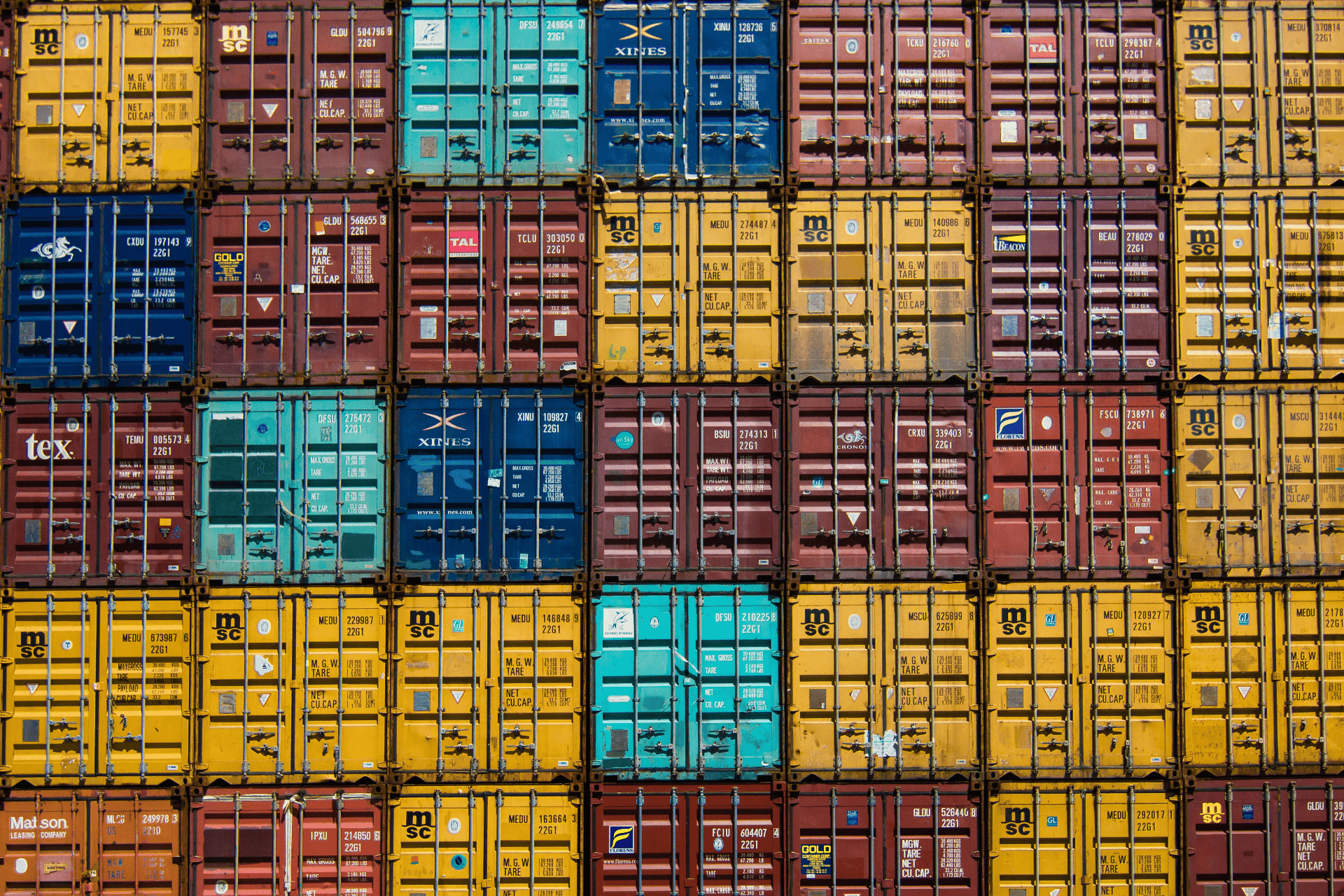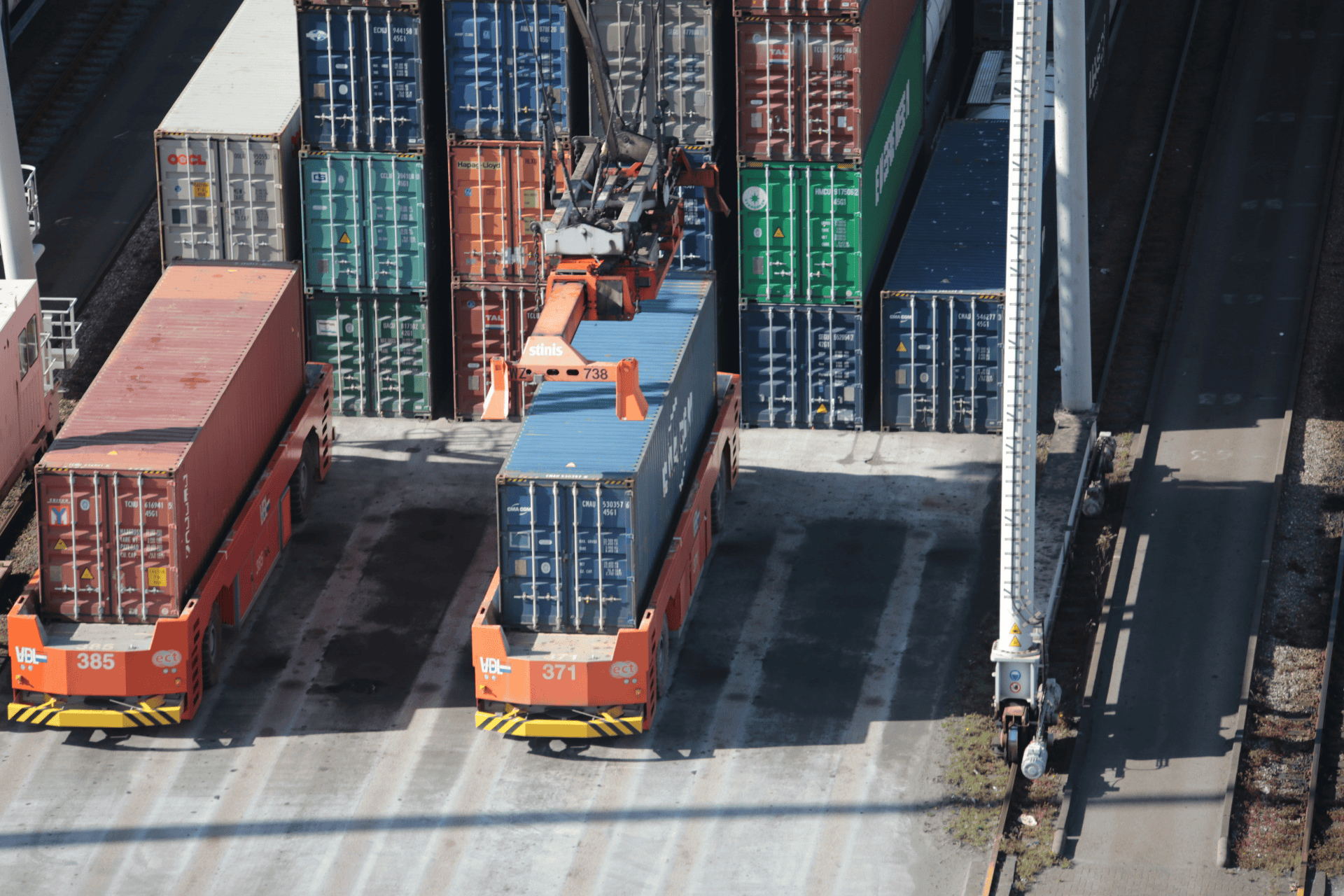Export subsidies wield significant potential as a tool for enhancing global competitiveness and stimulating economic growth. However, their effective utilization hinges on careful calibration and vigilant oversight to steer clear of pitfalls that can undermine the integrity of international trade.
In the dynamic landscape of international trade, export subsidies have emerged as a contentious tool wielded by governments to bolster their domestic industries on the global stage. These subsidies, often offered in the form of financial assistance, tax breaks, or other incentives, are designed to enhance the competitiveness of domestic goods and services in foreign markets. While proponents argue that export subsidies can stimulate economic growth and foster job creation, detractors warn of their potential to distort markets and ignite trade disputes. Understanding the nuances of export subsidies is essential for policymakers and businesses alike as they chart their course in the global economy.
Advantages of Export Subsidies:
- Competitive Edge: Export subsidies provide domestic producers with a competitive edge by reducing production costs or facilitating market entry. This advantage can be particularly crucial for industries facing stiff competition from abroad.
- Market Diversification: By incentivizing exports, subsidies encourage businesses to explore new markets and diversify their customer base. This not only reduces dependence on domestic demand but also mitigates risks associated with economic downturns in specific regions.
- Job Creation: A thriving export sector translates into increased demand for labor, leading to job creation and reduced unemployment rates. This socioeconomic benefit is often touted by governments as a justification for implementing export subsidy programs.
- Strategic Industries: Export subsidies can be strategically deployed to support vital industries deemed crucial for national security or economic development. By nurturing these sectors, governments aim to strengthen their overall industrial base and maintain technological leadership.
Pitfalls of Export Subsidies:
- Market Distortions: Subsidies can distort market mechanisms by artificially inflating the competitiveness of subsidized goods, thereby disadvantaging producers from countries without such subsidies. This can lead to trade imbalances and trigger retaliatory measures from trading partners.
- Resource Misallocation: Subsidies may incentivize overproduction or investment in industries that are not economically viable in the absence of government support. This misallocation of resources can impede long-term economic efficiency and hinder innovation.
- Trade Disputes: Export subsidies often spark trade disputes and protectionist measures, as countries seek to safeguard their own industries from unfair competition. These disputes can escalate into full-blown trade wars, disrupting global supply chains and dampening economic growth.
- Budgetary Strain: Subsidy programs impose a financial burden on governments, diverting funds away from other priority areas such as education, healthcare, or infrastructure. Moreover, the long-term sustainability of subsidy schemes may be jeopardized by budget constraints or changing political landscapes.
Navigating the Terrain:
Effectively harnessing the potential of export subsidies requires a delicate balancing act between promoting economic competitiveness and mitigating adverse consequences. Policymakers must design subsidy programs that target strategic industries while minimizing market distortions and trade tensions. Transparency and compliance with international trade agreements are paramount to avoiding disputes and fostering a rules-based trading system.
For businesses, navigating the terrain of export subsidies entails seizing opportunities while mitigating risks. Strategic planning, market research, and diversification strategies can help firms capitalize on subsidy programs while remaining resilient to market fluctuations and regulatory changes.
#ExportSubsidies #GlobalTrade #EconomicDevelopment #MarketDiversification #TradeDisputes #CompetitiveEdge #JobCreation #InternationalMarkets #Policymaking #BusinessStrategy
Related Information



















































